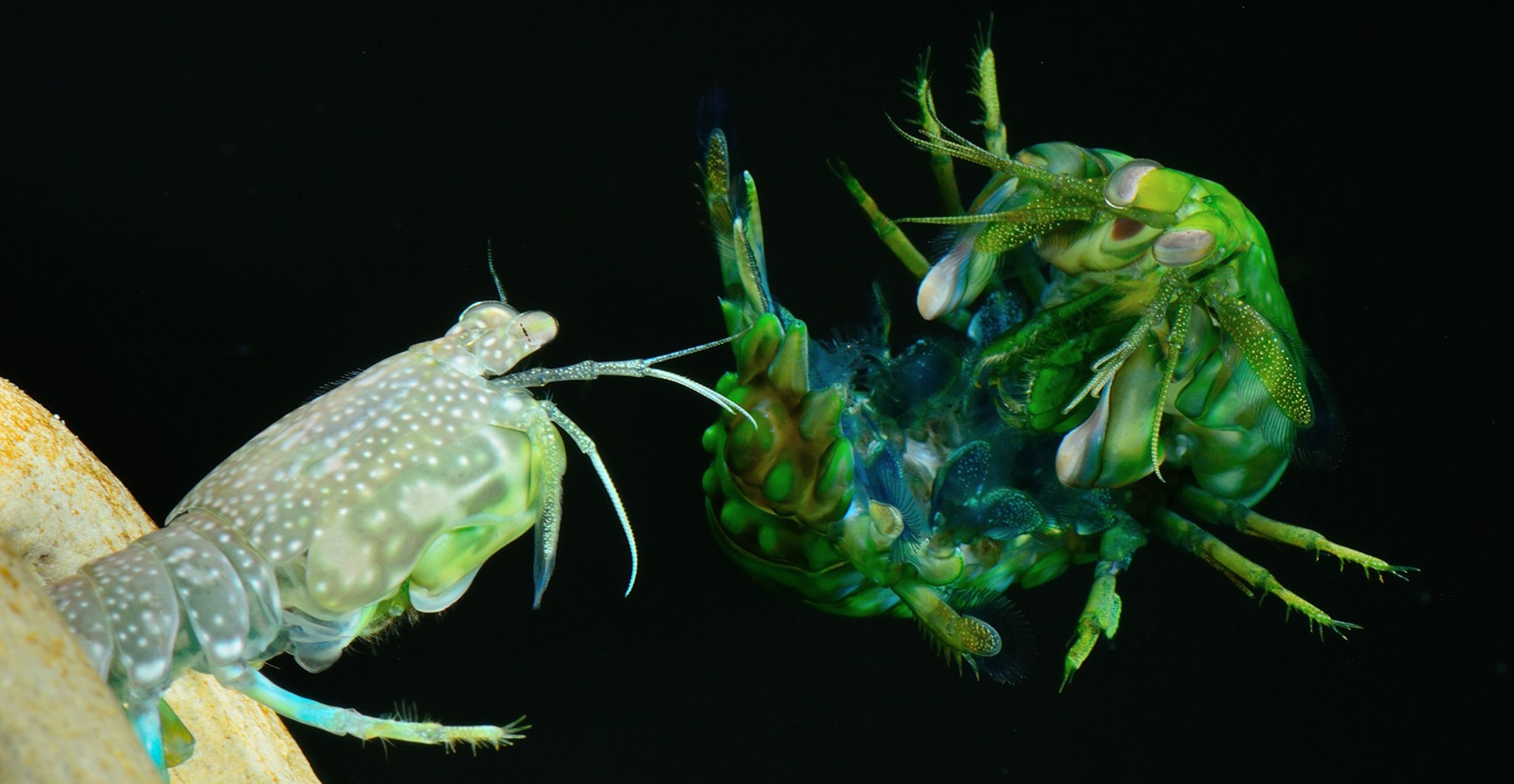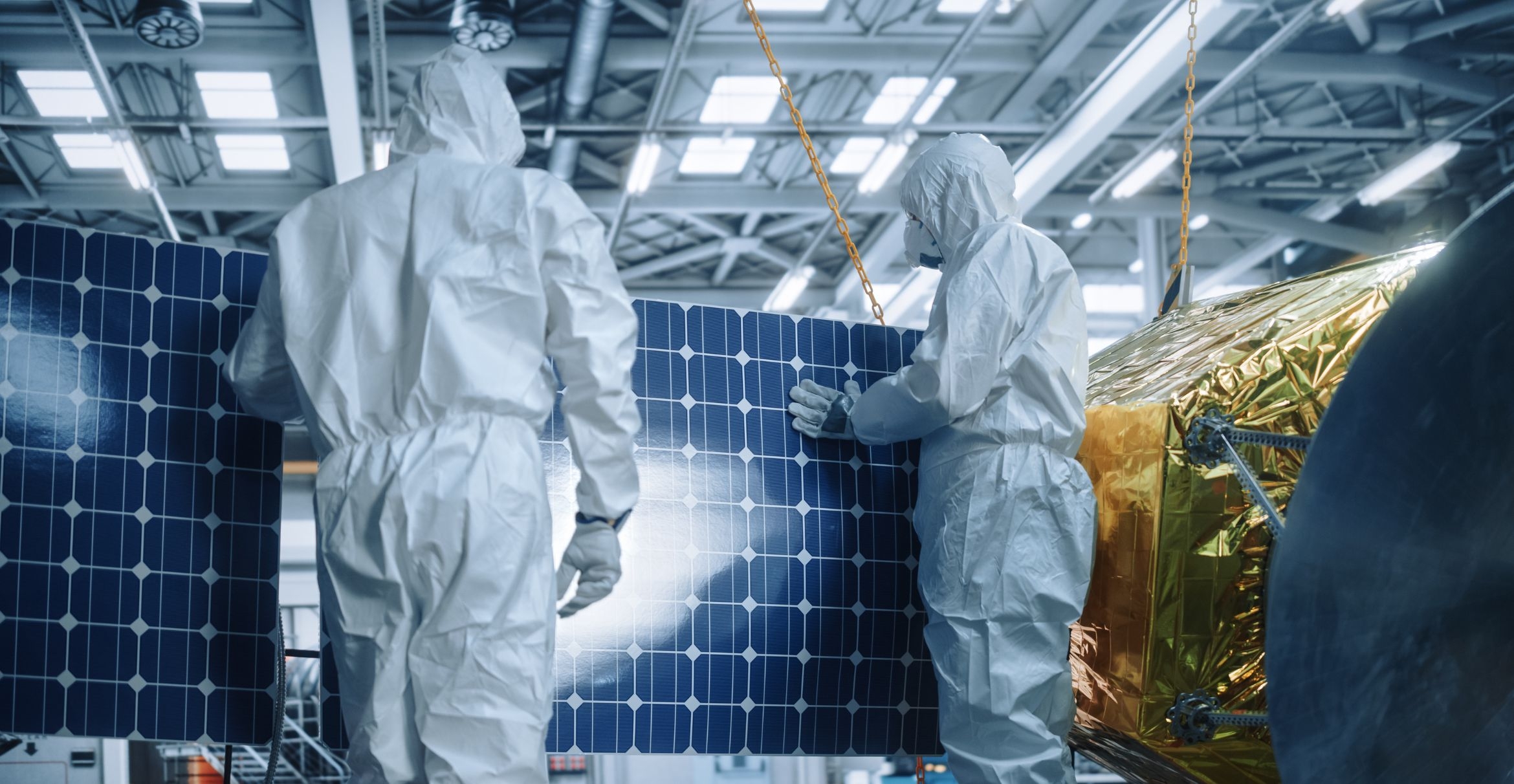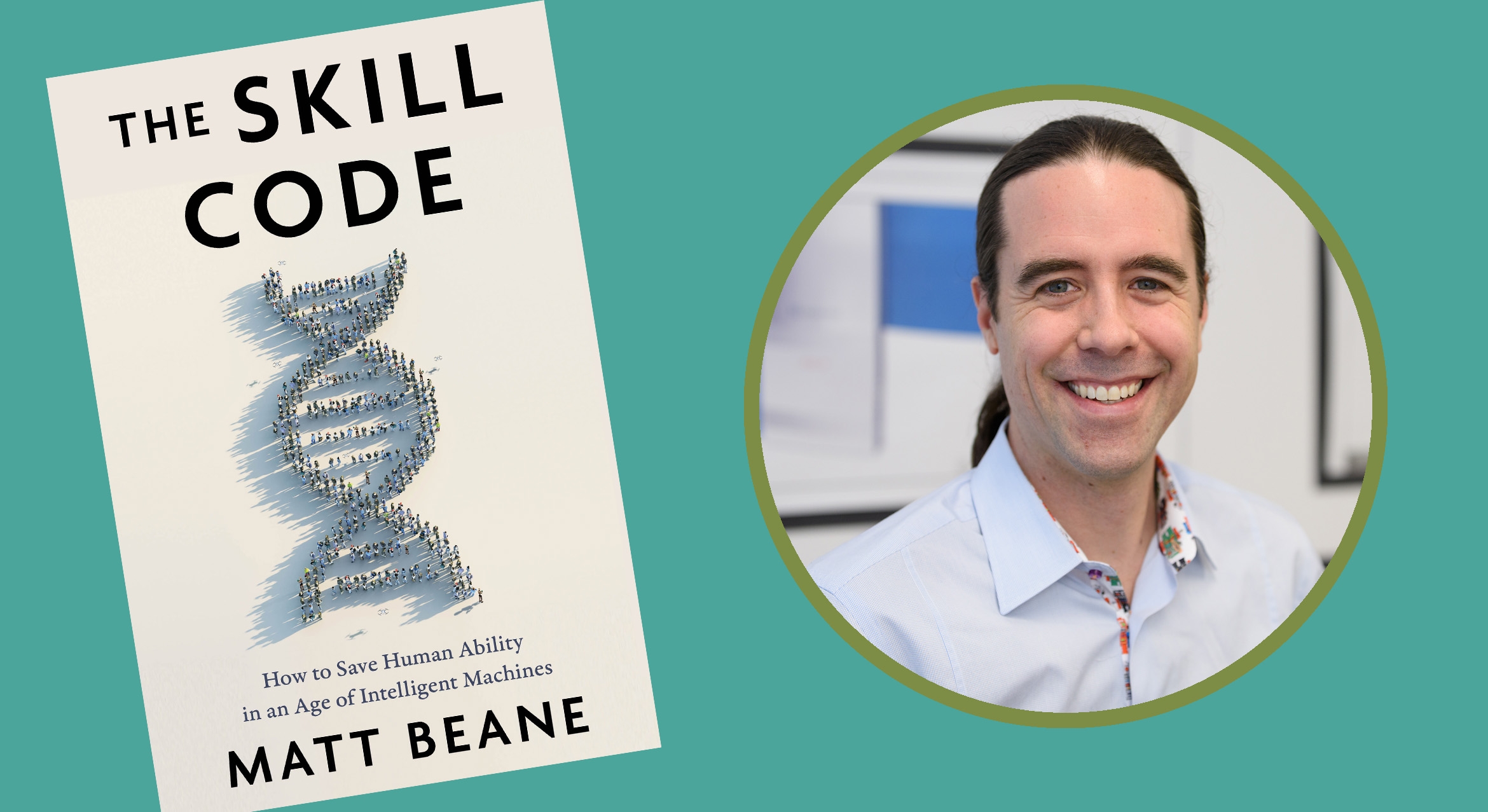Next-Generation Transport
For most of us, fluid dynamics and mechanics aren’t particularly significant — that is, until we’re white-knuckling it on a bumpy plane ride or trying to stay buoyant in unusually bubbly water. The way we navigate through air and water may one day be improved thanks to UC Santa Barbara researchers studying the complex properties and interactions of fluids.
Fueled by multiple Multi-University Research Initiative (MURI) grants from the U.S. Department of Defense’s Office of Naval Research, the UCSB scientists may also gain insight into some of classical physics’ greatest mysteries.
Feeling the Fizz
What happens when a bubble is generated under water? Or when it pops? For many of us this matter, called cavitation, is fairly esoteric, the stuff of musings when we take a frothy bath or blow soap bubbles for entertainment.
But if you’re piloting a ship across the ocean, bubbles can take on new meaning. Far from being the insubstantial pockets of air that we think of when waves crash and create foam, they actually do harm to the vessel, have adverse effects on propulsion efficiency and drastically increase ship vulnerability.
“Bubbles are responsible for quite a loss in propulsion efficiency,” said UCSB mechanical engineering professor Frederic Gibou. “And when you consider that about 90 percent of the world’s goods are transported by sea, any progress on ships’ efficiency will translate into significant reduction of our energy consumption.”
Additionally, due to the enormous difference of pressure created when bubble jets flow through propeller blades, they actually damage the propeller and other parts of the ship. “Cavitation is used in medical science to break down kidney stones,” Gibou said. “This destructive power is thus great in this context, but not in the context of the Navy!”
Finally, when bubbles are generated and they pop, they increase warships’ vulnerability. “The bubbly wake is visible from reconnaissance satellite,” Gibou explained, “and when the bubbles pop, the acoustics are heard far away under water.” The vulnerability becomes even more significant hundreds, even a thousand feet underwater with submarines, and especially when stealth is key.
To lessen the impact of cavitation on seafaring vessels, it is first necessary to understand its physics. With his participation in a $6.5 million MURI grant, Gibou hopes to do just that. UCSB, along with University of Minnesota, CalTech, MIT, Johns Hopkins, the University of Michigan and the University of Iowa is a collaborator on a five-year study titled, “Predicting Multiphase Flows with High Fidelity: a Physics-Based Approach.”
While researchers have been interested in fluid dynamics for centuries, understanding cavitation in turbulent flows has for the most part been a matter of educated conjecture.
“It’s been a little bit of best guess; that’s pretty much the state of the art,” Gibou said. “We can do some direct numerical simulations of some flows, but when it comes to multiphase flow and interface physics in a turbulent environment we’re just at the beginning. The overarching goal of our project is to come up with models devoid of empiricism.”
Gibou specializes in the design of novel computational strategies that often involve moving and irregularly shaped objects and phenomena at different length scales. For this study he is responsible for developing numerical methods that can look at bubble interactions, which will contribute to a database that researchers can interrogate to derive models. These models, in turn, can be used to simulate a variety of situations where cavitation is important and the various effects and phenomena that can occur as a result. The knowledge gleaned from this study would lead not only to a better understanding of multiphase flows, but also to more robust and energy-efficient designs for oceangoing vessels and more silent submarines.
Re-learning to Fly
When you take a walk, a multitude of remarkable things happen in your body to keep you upright, balanced and moving forward.
“You’re actually falling,” said UCSB mechanical engineer Igor Mezic. In the second or so that occurs between steps, you sense your body moving ahead and down, but break your fall when your forward foot lands. Your weight shifts and muscles contract to maintain locomotion while other muscles relax. Your feet and legs compensate for unevenness of terrain. Your eyes can map out the path ahead; your ears may sense the area around you. Your body can twist and bend around obstacles or avoid things coming your way, or even take action should you trip to minimize or prevent damage. If you’re carrying something your entire body will redistribute its balance and use of muscles to accommodate the object.
All of this — and you’re probably only vaguely aware that you’re doing it — happens as signals travel back and forth between brain and body, responding to external stimuli with split-second decisions and a minimal amount of effort.
This level of sophistication is what Mezic and colleagues want to bring to the next generation of machines, as the state of the art moves toward more autonomy. As our homes get smarter, our sensing becomes more remote and our cars start to drive themselves, the computers that operate them need to be more intelligent and responsive.
“The problem we face is how you make sure that the machine flies or drives or executes safely, in a way we would know in advance,” said Mezic.
This is where Mezic’s theoretical expertise comes in. Also driven by a $6.5 million MURI grant, he and UCSB fluid dynamics expert Paolo Luzzatto-Fegiz, alongside colleagues from the California Institute of Technology, Massachusetts Institute of Technology, University of Michigan and University of Washington, will spend the next five years studying data and developing algorithms that will allow machines to do their jobs more effectively, efficiently, safely — and with minimal human supervision. Their project is titled, “From Data-Driven Operator Schemes to Prediction, Inference and Control of Systems.”
“Many of the devices that are here operate based on certain algorithms that people figured out a while ago, but as you can see they’re static,” Mezic said. For instance, he pointed out, the design of fixed-wing airplanes has advanced relatively little since the Wright brothers’ first flight more than a century ago. Aggressive airplane engineering enables planes to power through turbulence and eases other issues related to airflow, but eagles and other soaring birds seemed to have solved the problem of turbulence — one of classical physics’ greatest problems — to maneuver and maintain flight with minimal effort.
“While we know the equations that describe turbulence, actually solving them — even on a supercomputer — is impossible for most applications, as the computational power needed to track all of the small vortices in the flow is excessive,” Luzzatto-Fegiz said. Vortices (singular: vortex) are regions of fluid that swirl around an axis — think dust devils, or water draining out of the tub when you pull the plug — and they are a major part of turbulence, interacting in complicated and often unpredictable ways.
Instead, continued Luzzatto-Fegiz, engineers must currently rely on simplified models. “Existing models work well when the turbulence is well mixed, but this is not true for many important engineering flows,” he said. “For example, the wake behind a propeller or a wind turbine starts with few thin and very strong vortices, which can break in to turbulent eddies in many different ways. The mathematical approaches pioneered by this MURI will give us models for these practically important flows.”
Real-time response to variable input is key to the algorithms of the near future, according to Mezic. You want a machine to achieve a particular state regardless of variations in its initial condition or disturbances during its operation.
“Humans are very good at this; animals in general are very good at this. Our engineered systems are not,” Mezic said. “The algorithms that we have so far have produced a lot of different successes in the context when the dynamics is mildly complex; this MURI is about examples in which the dynamics is severely complex.”
To get an idea of the level of complexity to which Mezic referring, he suggests imagining your favorite Impressionist painting. Up close you see individual strokes, a “separation of concerns” that defines the responsibilities and designs of each component of a machine.
“But in today’s world, with the designs that we have, good old separation of concerns doesn’t work anymore,” Mezic said. The number of components is multiplying and the size and space for them is shrinking, he explained, so they interact and produce emergent phenomenon, analogous to how individual dots and lines turn into an Impressionist landscape or pastoral scene when you step back. What may look like a sporadic irregularity up close may actually be part of an emerging condition, he said, and the algorithms of the future will need to allow next-generation machines, both manned and unmanned, to be able to predict and respond to those situations.
“You can think of it in the context of how to actuate machines over the long term to give the results you expect,” said Mezic. “But the true frontier is in how you make them adapt.”





